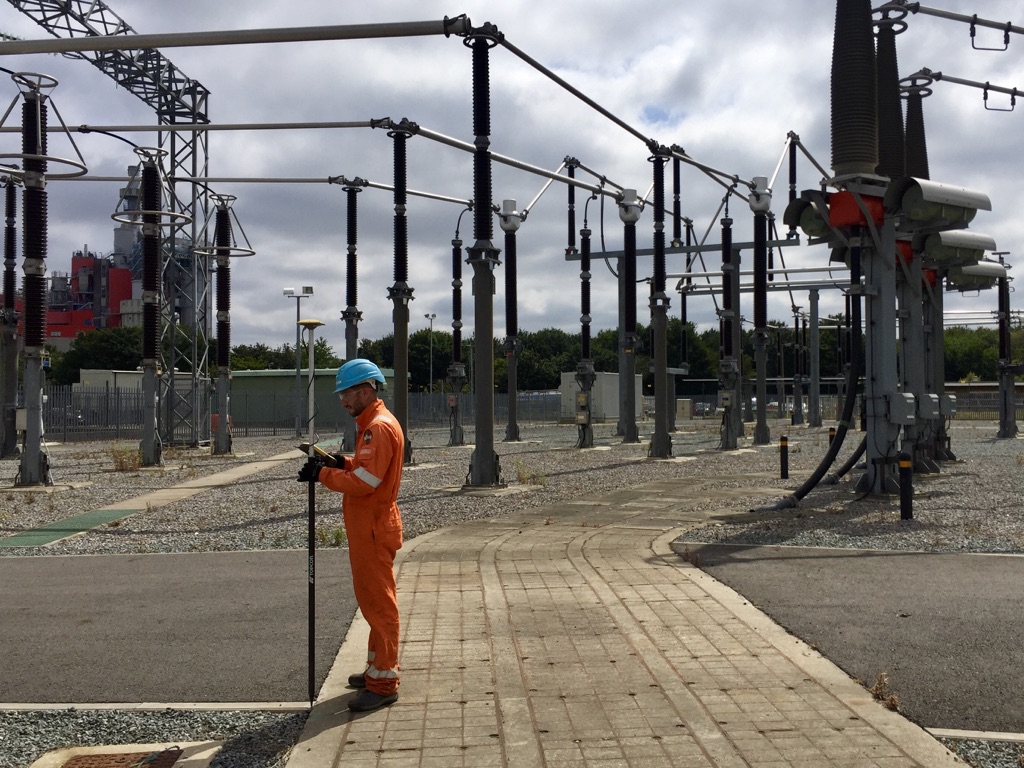Setting Out Engineering: Ensuring Precision in Your Construction Site Layout
Setting Out Engineering: Ensuring Precision in Your Construction Site Layout
Blog Article
Necessary Tools and Techniques in Establishing Out Design
The discipline of setting out design relies heavily on a suite of essential devices and strategies that underpin the precision and performance of project execution. What implications does this hold for future engineering methods?
The Importance of Accurate Measurements

The importance of exact dimensions expands beyond mere compliance; they are essential to the overall effectiveness of design processes. Mistakes can cause material waste, task delays, and increased labor costs, inevitably affecting the project's profits. Accurate measurements improve the high quality of the last item, guaranteeing that it performs as intended and fulfills the expectations of stakeholders.
Additionally, the importance of precise dimensions is apparent in various engineering techniques, consisting of civil, mechanical, and electrical design. Each area requires an unique method to dimension, yet the underlying requirement for precision continues to be continuous. As jobs end up being increasingly intricate, the dependence on exact measurements will just intensify, emphasizing the requirement for continual advancements in measurement strategies and technologies. Thus, promoting a society that prioritizes accuracy is essential for the future of engineering.
Necessary Devices for Setting Out
Establishing out, a crucial phase in the design and building process, counts greatly on specific tools that make sure exact location and placement of structures. Among these devices, the property surveyor's degree stands out, supplying accurate horizontal measurements important for establishing referral points. This instrument enables designers to identify elevation modifications and preserve harmony throughout the project site.
The overall terminal is another vital device, incorporating digital distance measurement with angular measurement capacities. This technology improves effectiveness and accuracy in catching spatial information, enabling effective website layout and preparation.
Furthermore, using measuring tapes and marking devices, such as chalk lines or risks, is fundamental for briefly noting borders and critical factors on the website. These basic devices, though basic, are essential for guaranteeing clear interaction amongst the building team pertaining to task requirements.
Lastly, general practitioner innovation has obtained grip in establishing out procedures, providing real-time placing data and significantly boosting precision over standard methods. Collectively, these important tools form the foundation of reliable setting out practices, ultimately contributing to the effective implementation of design and construction tasks.
Advanced Evaluating Methods
Advanced evaluating strategies play an essential role in boosting the accuracy and efficiency of design jobs. These methods encompass a variety of techniques that provide accurate information for layout and building and construction. Standard methods, such as leveling and triangulation, have developed right into a lot more advanced strategies, including Total Terminal studies and Global Navigating Satellite Systems (GNSS)
Total Terminal gadgets integrate electronic theodolites with distance measurement capabilities, enabling land surveyors to collect exact location information with excellent speed. This modern technology substantially minimizes errors connected with manual measurements and supplies real-time information processing. Furthermore, GNSS provides unparalleled precision for large-scale tasks by using satellite signals to establish exact positioning, which is crucial for making sure and aligning structures conformity with layout specs.
In addition to these tools, advanced techniques additionally include geospatial analysis and 3D modeling. These approaches make it possible for engineers to visualize surface and website conditions extra successfully, helping with much better decision-making throughout the preparation stage. By employing these innovative evaluating methods, design projects can achieve higher precision in layout, lower rework, and sites eventually boost overall project success.
Digital Innovation in Design
The combination of digital innovation has transformed engineering practices, boosting both performance and accuracy across numerous self-controls. Tools such as Structure try this site Details Modeling (BIM) assist in the visualization and management of complex tasks, permitting designers to work together effortlessly and make notified decisions. This modern technology enables the production of thorough 3D versions, which can be assessed for architectural stability and performance prior to building begins.

The application of fabricated intelligence and machine knowing in engineering processes better boosts anticipating maintenance and optimization of sources. Overall, digital modern technology is improving the engineering landscape, driving innovation, and making certain that tasks are completed with greater effectiveness and reduced danger.
Ideal Practices for Implementation
When implementing digital modern technology in engineering, it is crucial to establish check out here a critical approach that lines up with job objectives and organizational capacities. An extensive analysis of existing operations and technology facilities is important to determine spaces and possibilities for renovation. Engaging stakeholders early in the process promotes partnership and makes certain that the modern technology meets individual requirements.

Job supervisors ought to embrace a repetitive execution approach, permitting for modifications based upon real-time responses and efficiency evaluations. This dexterous method not just minimizes threats yet also advertises constant renovation by incorporating lessons learned.
Conclusion
To conclude, the integration of vital devices and advanced methods in laying out engineering is crucial for making certain accuracy in dimensions and successful job implementation. Utilizing instruments such as property surveyor's levels, complete terminals, and GPS modern technology, alongside modern checking approaches, boosts precision and minimizes the probability of errors. Embracing ideal methods in application even more optimizes these procedures, ultimately cultivating enhanced job outcomes in the design and building markets.
The self-control of setting out design depends heavily on a suite of necessary tools and techniques that underpin the precision and efficiency of project implementation.Additionally, the relevance of precise dimensions is noticeable in numerous design self-controls, including civil, mechanical, and electrical engineering. By utilizing these advanced evaluating techniques, design jobs can achieve better precision in format, minimize rework, and inevitably enhance general project success.
Generally, digital modern technology is reshaping the engineering landscape, driving advancement, and ensuring that jobs are finished with higher performance and decreased threat (setting out engineering).In conclusion, the combination of important devices and advanced methods in establishing out engineering is crucial for making certain precision in dimensions and effective project implementation
Report this page